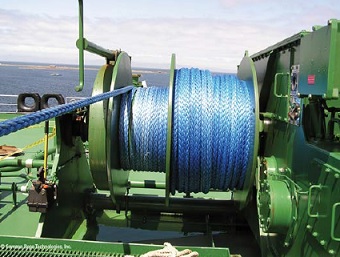
Cargo watchkeeping procedures in port - guideline for ships officer
On any ship safely moored or safely at anchor under
normal circumstances in port, the master should arrange
for an appropriate and effective watch to be maintained
for the purpose of safety. Special requirements may be
necessary for special types of ships propulsion systems
or ancillary equipment and for ships carrying hazardous,
dangerous, toxic or highly flammable materials or other
special types of cargo.
Watch arrangements for keeping a deck watch when the ship is in port shall at all times be adequate to:
Watch arrangements for keeping a deck watch when the ship is in port shall at all times be adequate to:
- ensure the safety of life, of the ship, the port and the environment, and the safe operation of all machinery related to cargo operation;
- observe international, national and local rules; and
- maintain order and the normal routine of the ship.


